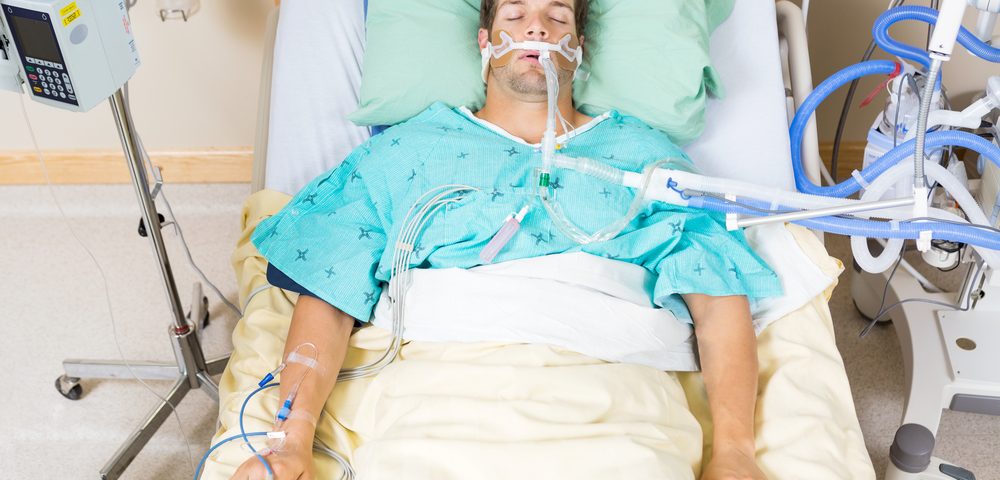A non-invasive test that relies only on collecting gases from a person’s breath may soon help doctors detect a potentially aggressive species of bacteria that causes pneumonia in intensive care unit (ICU) patients needing mechanical ventilation.
The new test may lead to more judicious use of antibiotics — a huge consideration given the ever-increasing rates of antibiotic resistance worldwide.
The study, “Breath analysis for noninvasively differentiating Acinetobacter baumannii ventilator-associated pneumonia from its respiratory tract colonization of ventilated patients,” appeared in the Journal of Breath Research.
Acinetobacter (A.) baumannii is one of many bacterial species that can cause pneumonia in patients on mechanical ventilation. This so-called ventilator-associated pneumonia (VAP) can be the tipping point that kills already severely ill ICU patients. But A. baumannii presents a challenge for physicians trying to diagnose and treat ventilator-associated pneumonia. The bacteria resist nearly all available antibiotics; making matters even more complicated, it can exist in two different forms.
One form causes pneumonia, while the other simply colonizes the lung harmlessly. But so far, there has been no way for physicians to tell if a detected bacteria is causing disease or not. This, in turn, makes it more likely they’ll prescribe antibiotics unnecessarily.
To get around this situation, researchers at China’s Zhejiang University School of Medicine first analyzed volatile organic compounds, or gases, present in patients’ breath. Using the 52-bed ICU of the school’s Sir Run Run Shaw Hospital, they compared 20 patients with VAP caused by A. baumannii to 20 whose lungs had been colonized by the bacteria without apparent disease. In addition, they selected 20 patients who were ventilated but had neither pneumonia nor A. baumannii in their lungs as controls.
The team then compared the identified compounds to those emitted by the bacteria and kept in a lab dish. After a thorough analysis, they isolated four compounds present in both patients and lab-grown bacteria” 1-undecene, decanal, longifolene and tetradecane.
The test could discern not only between patients with no A. baumannii infection and those with the bacteria in their lungs, but also between infectious and colonizing forms of the bacteria. The 24-month study lasted from February 2014 to February 2016.
Researchers admit that the new method needs further testing and validation before being introduced as a routine tool. But they say it shows great promise in improving the diagnosis and treatment of pneumonia among already critically ill patients.


